You’ve checked listings, scouted your favorite neighborhoods, compared market prices and even picked the perfect shade of blue for your future kitchen. It’s safe to say you’re ready to become a homeowner.
While purchasing your first home is one of the most exciting experiences you’ll ever have, it can also be extremely daunting, especially if you’re not sure where to begin. To make things easier, we’ve put together a list of steps to help you get started in the right direction.
Step 1: Take a Look at Your Finances
Before scheduling any house tours, you’ll want to do a thorough assessment of your finances, so you know exactly how (and if) you can pay for that dream home. “Buying a house is a major commitment, which means the person should feel that their job is secure, they must have sufficient financial resources for the down payment, and a few extra months of reserve funds, just in case there could be some disruption in their life,” says Lawrence Yun, Chief Economist and Senior Vice President of Research at the National Association of Realtor (NAR).
Most people can’t buy a house out of pocket, so you’ll likely end up getting a mortgage to finance your purchase. You’ll need some savings to cover the down payment, the closing costs, and third-party fees associated with this type of loan. Your down payment could be as low as 3% of the total loan amount or as high as 20%. Closing costs and third-party fees, such as home inspection, flooding certificate, appraisal, title search, courier and attorney fees, could amount to up to 5% of the total loan amount.
Additionally, as of 2018, the average yearly cost of owning a home in the US was between $12,000 and $18,000. Although these numbers may seem insignificant compared to your yearly rent, they only take into account basic expenses, like utilities, property taxes, and insurance.
So make sure you factor in all of these things, in addition to other miscellaneous expenses, like repairs, maintenance and — depending on the neighborhood you live in — homeowners association fees, to determine whether you’re financially ready to take this step.
Step 2: Check Your Credit
You’ll need a minimum credit score of at least 620 to get approved for most mortgages, unless you’re applying for a government-backed loan, or for some special program provided by the lender. Your credit score will also play a big role in determining your interest rate: the lower it is, the higher your interest rate will be.
Besides that, most lenders require you to have a debt-to-income ratio (DTI) of no more than 43%, although 36% or less is preferred. The DTI is what measures how much of your monthly gross income is compromised after taking into account your current financial obligations, like credit card and student loan payments.
Pulling up your credit report will allow you to get a clearer picture of your outstanding debts, payment and account history. This should help you determine whether it’s the right time to apply for a loan or if you should pay off some debt first.
It’s also worth noting that your credit report won’t include your credit score, only information about your financial history. Your credit score is calculated by your lender, since each creditor uses its own credit scoring model — but there’s common ground on how they choose which score to use.
“Each borrower has three scores: one from Experian, Equifax and TransUnion,” says Matt Jolivette, a Certified Mortgage Consultant and Owner of Associated Mortgage Brokers. “The lenders usually take the middle score, so if someone has a 700, a 720 and a 740, the lender is going to use the 720 one.”
If you’re planning on taking out a mortgage with a spouse or a partner, the lender then compares both middle scores and chooses the lowest one, so it’s something you should be aware of if you’re thinking about buying jointly.
Step 3: Learn the Lingo
Getting to know the house-buying lingo can be quite tedious — after all, most of us would rather jump straight to the fun stuff, like actually looking at places, than sit and debate about interest rates, DTIs, and credit scores.
Still, knowing a few keywords can help you choose the right financing option for you, so here are some of the most important ones you’ll encounter throughout the home purchase process:
- Term: this is the length of the mortgage, or for how long you’ll be paying it. It usually ranges from 10 to 30 years, depending on the lender.
- Annual percentage rate (APR): some people confuse it with the interest rate, but this number — which is expressed as a percentage — actually combines the interest rate, points, and lender fees. When shopping for mortgages, this is the number you need to pay attention to, as it reflects the actual cost of the loan.
- Fixed-rate mortgage: with this type of loan, the interest rate remains the same from start to finish.
- Adjustable-rate mortgage (ARM): also known as a “variable-rate mortgage.” With this loan, the interest rate is fixed for a number of years, then turns into a floating rate for the remainder of the loan.
- Conventional loan: this type of mortgage isn’t guaranteed by any government agency and usually has a fixed term and interest rate.
- Government-backed loan: these are insured by the government and offer benefits, like lower down payments or full financing, and have a different set of requirements. Government-backed loans include VA, USDA and FHA loans.
- Jumbo loan: these are mortgages that exceed the limits established by the Federal Housing Finance Agency (FHFA). They can be for as much as $1M depending on the lender, and require higher credit scores, income and down payments than conventional loans.
Step 4: Check for Federal, State and Local Programs
One of the best things about buying your first home is that you may be eligible for different programs that can facilitate your transition into homeownership and offer everything from flexible requirements to assistance with down payments and access to affordable housing.
Here are some of the federal programs that you may qualify for:
- Federal Housing Administration (FHA) loans
- Homeownership Vouchers
- HomePath Ready Buyer
- Good Neighbor Next Door
- The Indian Home Loan Guarantee
Programs like the FHA loans and HomePath Ready Buyer allow you to qualify with credit scores lower than 620, and you could purchase a home with a down payment as low as 3%. The Homeownership Vouchers provide subsidies for low income individuals looking to purchase property.
The Good Neighbor Next Door program offers up to 50% off on qualified home listings for those working in careers that can revitalize communities, like teachers, first responders, and police officers. The Indian Home Loan Guarantee offers down payments as low as 2.25%, plus flexible underwriting to American Indians, Alaska Natives, and other federally recognized tribes.
Also: If you have an IRA, you can withdraw up to $10,000 without incurring any penalties for the purchase of your first home, in addition to applying for other state and local programs.
Step 5: Get Pre-Approved
Fact: not getting pre-approved before checking out houses is a rookie mistake. “We always recommend you get pre-approved. This allows us to look at your income, assets, and pull up your credit, to make sure you’re all buttoned up,” Jolivette says.
Getting pre-approved not only saves you time, but can also narrow down your choices and spare you the disappointment of falling in love with a piece of real estate that’s out of your price range.
In order to get the best term and interest rate for your situation, do research by comparing quotes from multiple lenders. Getting pre-approved won’t hurt your credit, as lenders only do a soft credit pull for this process.
To get you pre-approved, you’ll need to provide the following:
- A form of ID
- Social security number
- Up to two months worth of pay stubs
- Copies of your two most recent W-2s and tax returns
- Statements of assets (certificates of deposits, savings, or any other investments).
Filling out the pre-approval form will only take a few minutes and, depending on the lender, you may be able to submit all the paperwork via email, instead of regular mail.
It can take lenders a couple of days to a week to get back to you. If you’re pre-approved, the lender will send you a letter stating the amount you’re qualified for. Having this letter at hand allows you to close faster and could also speed things up come time to persuade sellers to accept your offer.
If you’re unsure of where to start, MONEY has put together a list of the Best Mortgage Lenders of 2020, to help you choose wisely.
Step 6: Hire a Good Real Estate Agent
Once you’re pre-approved, the next step is to get in touch with a real estate agent. “Realtors can protect your interest and your investment,” says Diane Schall, a seasoned realtor at Ferrari-Lund Real Estate in Reno, Nevada.
Although you may check for listings online, these usually contain general information about the property, and could be outdated. “I get so many texts and phone calls from people looking at listings online, and sometimes the home isn’t even on the market, or it was already sold,” says Schall. “They just don’t give the consumer accurate information.”
The obvious benefit of hiring a real estate agent is that they’re knowledgeable about the market. They have updated information on listings that are within your price range, which can help you narrow your options. Additionally, they can give you in-depth details about the property, including things that would be hard to find on your own, like homeowners association fees and history of insurance claims. This can be a serious advantage for you, as it can help you negotiate a better price.
Real estate agents can also tell you things to watch out for, so you get the full picture of what you’re getting into. “I always point out everything that I possibly can, so they are aware. Like, ‘Look there’s a gap in the flooring, or there’s a water leak in the ceiling,’” says Schall. “I treat people like they’re my friends and family. I’m not gonna just sell a home just for the money, it’s about building lasting relationships,” she adds.
On average, real estate agents charge a commission fee that’s between 5% and 6% of the home’s final sale price, but they can also charge a flat fee. This fee is negotiable, and agents don’t get a single penny until the purchase is finalized. However, it should be noted that this fee is paid by the seller.
Step 7: Consider the Location
When looking at houses, a lot of people consider things like commute, whether the property is in a good school district, hospital proximity, and if there are plenty of restaurants and entertainment options nearby.
While these are all valid things to consider when searching for the ideal home, you should also take into account if that cute little house by the trees is a prime location for wildfires, floods, and other natural disasters.
According to the Insurance Information Institute’s latest data, the average American pays over $1,200 a year on homeowners insurance premiums. However, the price of premiums varies greatly from one location to the next. For example, the average annual premium paid by homeowners in Louisiana was $1,968 versus $829 in Arizona. This is due to the fact that Louisiana’s properties are more exposed to hurricanes and other natural disasters than those in Arizona.
If you purchase a home in a high-risk area, you may have a harder time getting insurance, and if you do, chances are it’ll be much more expensive, so it’s something to consider before you buy.
Additionally, if the house is close to a highway or any busy main roads, it’s possible that it’s resale value may be affected, since potential buyers can cite noise, pollution and lack of privacy as valid reasons to offer you a lower amount than your asking price.
Step 8: Make an Offer
So, you’ve finally found that special place that’s going to put an end to your renting days. Guess what? Three other buyers seem to share your good taste. This is when a good offer letter comes in handy.
Your real estate agent will most likely help you with this step, but here are some of the things that are usually included:
- Purchase price – this is how much you’re willing to pay for the property.
- Earnest money amount – also known as an “initial deposit,” this is separate from the down payment, and shows sellers you are serious about purchasing the property and it’s usually 1% to 2% of the property’s value.
- Copy of the pre-approval letter from the bank or financial institution – to show the sellers you’re approved for funding and are ready to close.
- Closing details – this includes information about the costs you’ll be responsible for, as well as those you expect the seller to cover.
- A list of contingencies – these are deal breakers that would make the offer void, or a list of things that need to be in place for the offer to be valid. A home inspection can shed light on some of these, like for example, if there’s exposed wiring, you can ask the seller to fix this before you move in, as a condition for the purchase.
- Expiration date – at the end of the letter, you must include a deadline for the seller to respond to your offer, as this helps to get things moving. Some states, like California, give sellers up to three days to respond to it, but this can be flexible. In most cases, sellers respond within 24-48 hours after receiving the offer.
Yun also recommends including an emotional appeal within your letter stating the reasons behind your intent to purchase. “They should express whether they are a family raising a kid, and are looking for a good school district, or if they just have a certain connection with that particular house,” says Yun, noting that your chances could certainly increase by taking this route. “They want the next buyer to be somebody they can relate to, and that takes care of the home,” he adds.
If the seller accepts your offer, the next step is to send the purchase contract to the lender, so they can schedule a closing date and get everything in place for funding.
Step 9: Get an Inspection
The home inspection takes place once your offer is accepted, to ensure the house you’re purchasing is safe. Some of the things inspectors look for are faulty or exposed wiring, poor ventilation, roofing problems, mold, presence of rodents or other pests, and plumbing issues. The inspection process takes 3 to 4 hours to complete, depending on the size of the property, and it usually takes the inspector a few days to a week to complete the report.
The seller is required to inspect the property prior to listing it on the market, but it’s always recommended you also hire your own inspector, that way you know if the property is being sold at a fair price and if you’re getting your money’s worth.
Although inspections are commonly held after the offer is accepted, most buyers ignore that they can request a “pre-offer inspection.” However, they must be careful when doing so. The reason behind this is that requesting a pre-offer inspection could be seen as a sign of distrust from the seller’s point of view, which could lead them to reject your offer.
In Jolivette’s opinion, it is best to schedule inspections after making an offer. “We always recommend folks do get a home inspection once their offer has been accepted,” says Jolivette. If something seems off during the inspection process, you can always get the seller to make the adjustments prior to closing, or ask them to lower their price.
Step 10: Get Ready to Close
Closing is the final step in purchasing a home, and is when you sign all of the remaining paperwork to become the legal owner of the property. This happens between 30 to 45 days after your offer is accepted and your lender receives the purchase contract.
A day before closing, your real estate agent will schedule a final walkthrough to see that everything in the property is the way it should be for final approval. Some of the people you can expect to see at the closing are your real estate agent, a closing attorney, escrow officer, home inspector, a title insurance agent and the loan officer, in addition to the seller.
At closing, you’ll be asked to bring the following:
- A photo ID to verify your identity
- The copy of the purchase agreement
- A cashier’s check or a certified check to pay for the down payment and remaining closing costs and fees
- Proof of insurance
The actual process can take a while, since you’ll have to sign a lot of documents, including the deed of trust or mortgage, promissory note, and a closing disclosure. Yun advises to review these documents carefully, to avoid any unpleasant surprises.
“Closing is just the validation of all the expectations, so there should be no surprises. Everything should be as negotiated,” says Yun.
After everything is signed and validated, the title is transferred under your name, and you officially become the legal owner of the house. Next step: get your keys, and start packing!






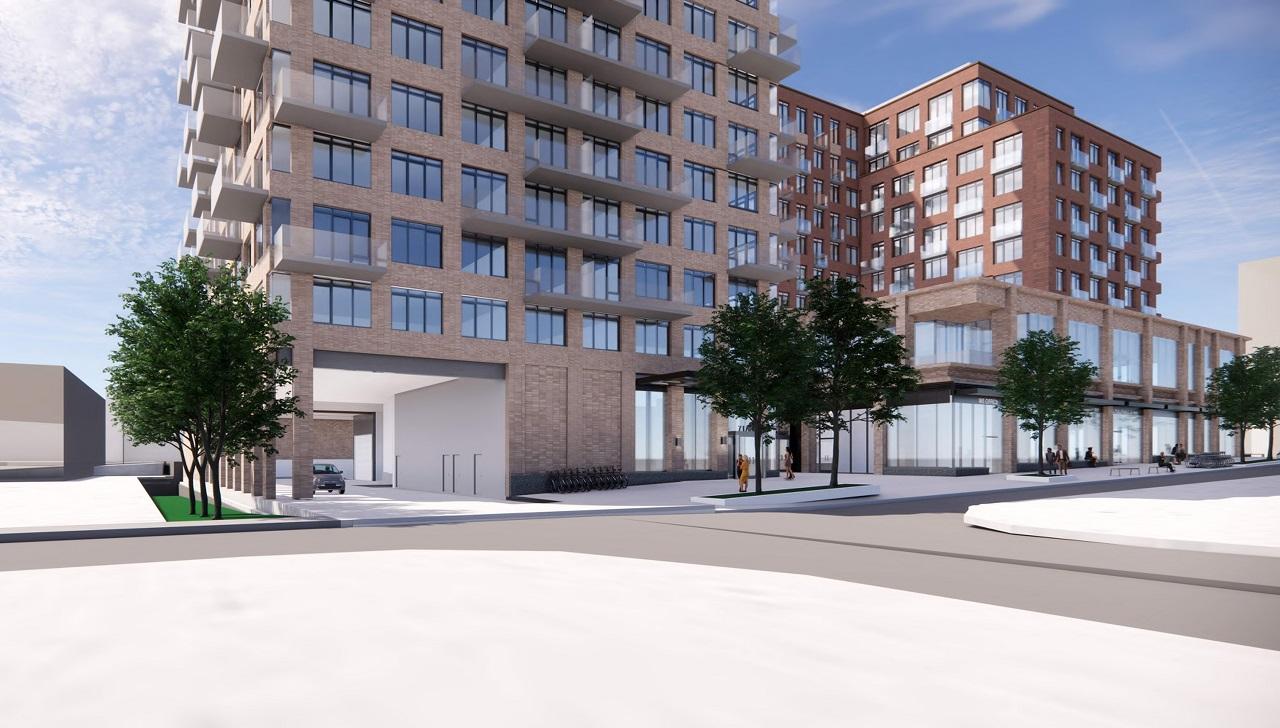

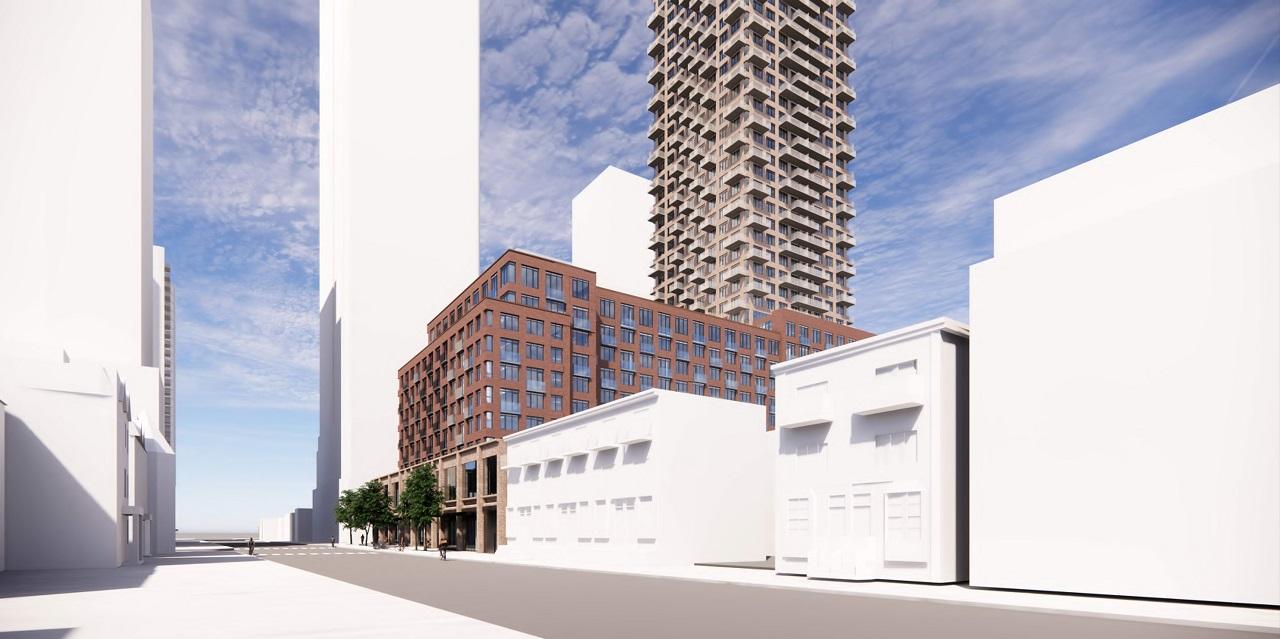
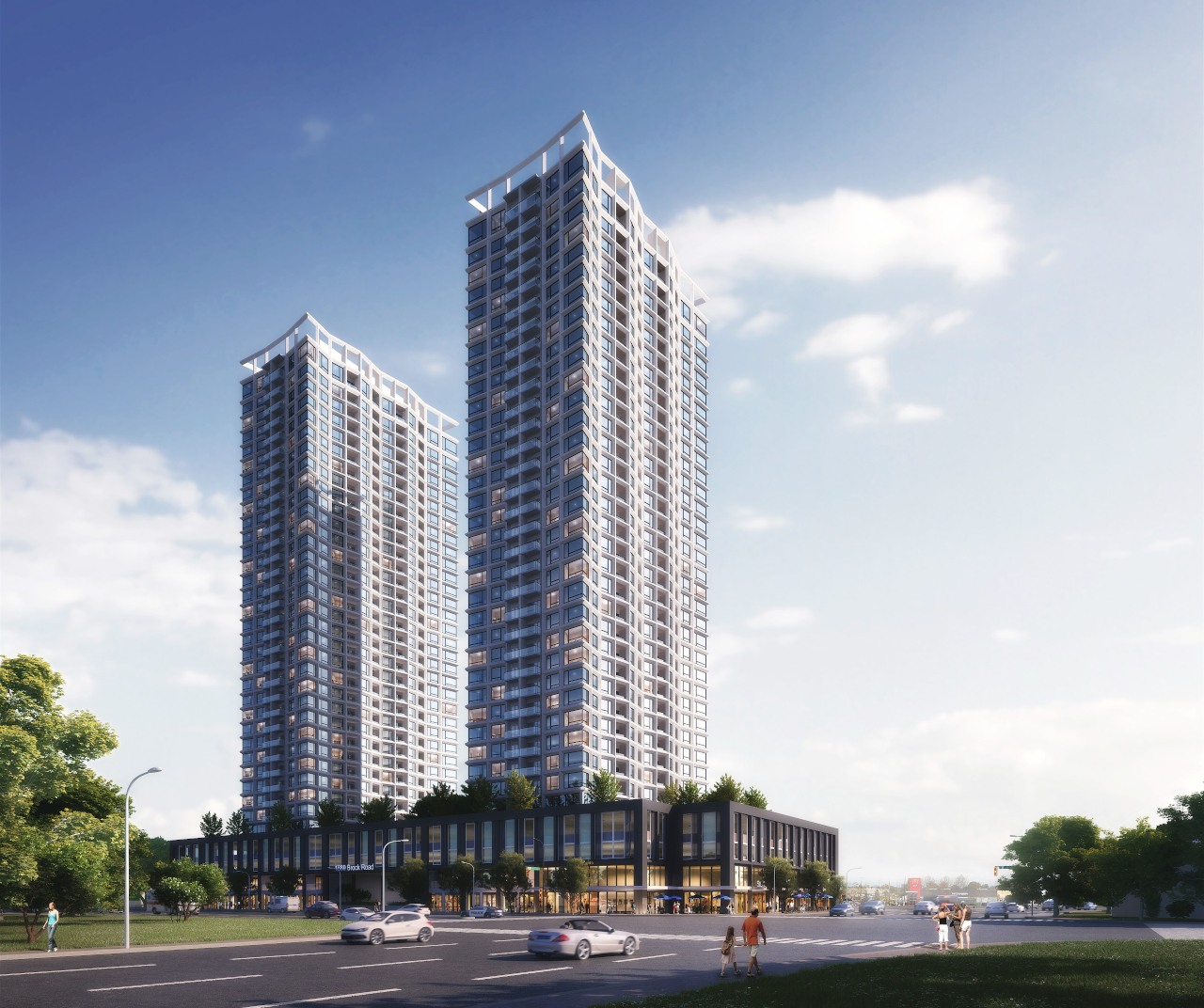
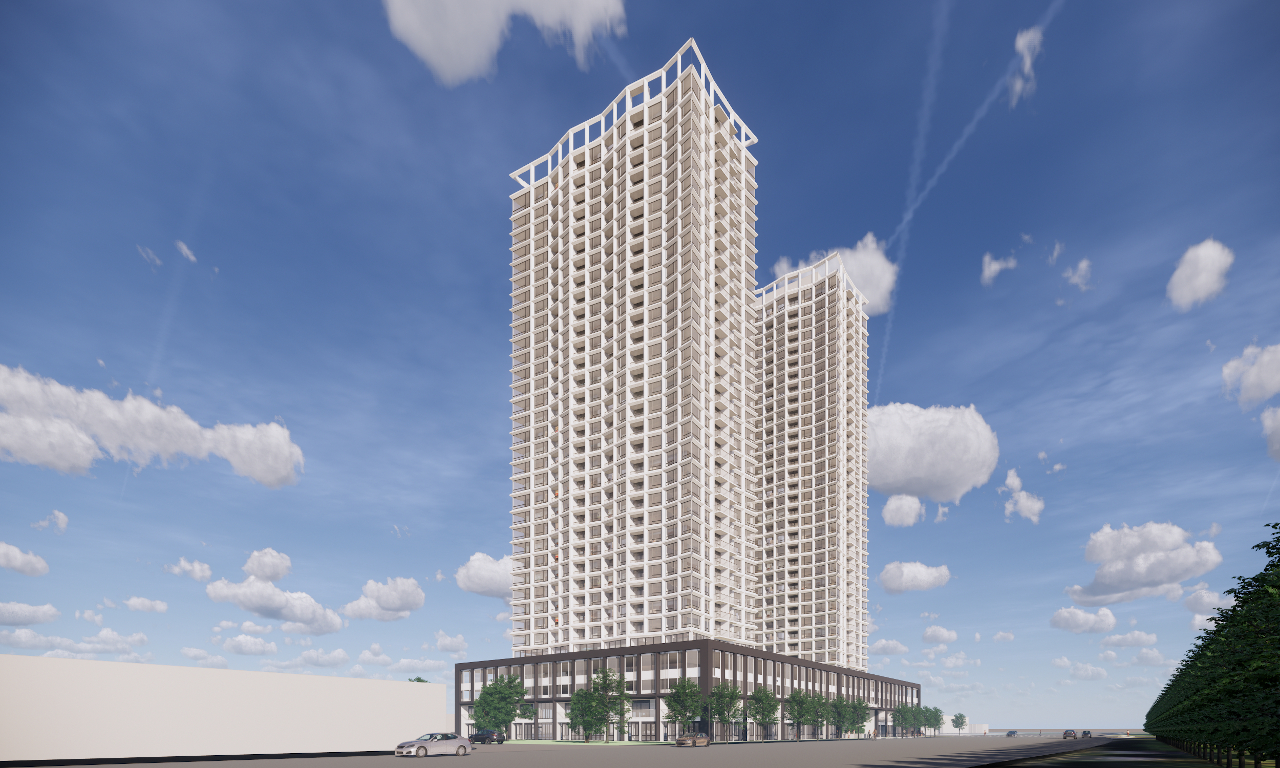
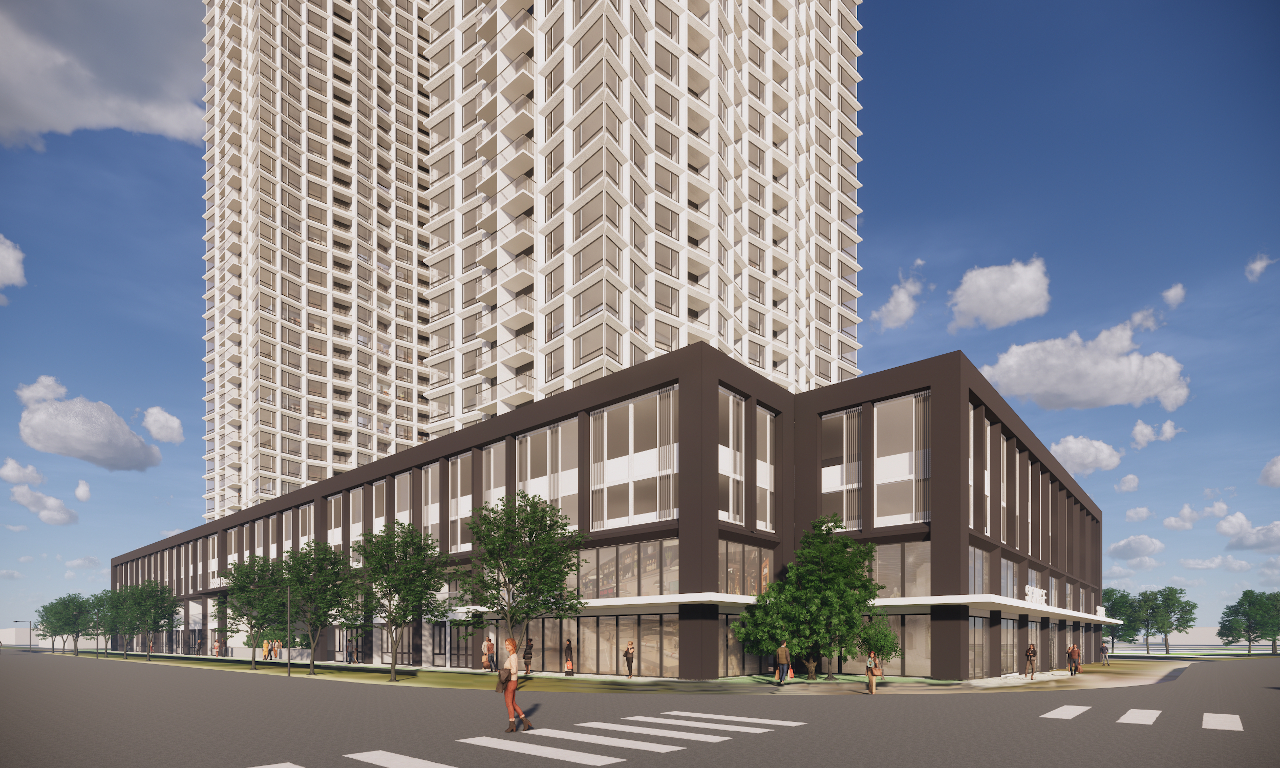
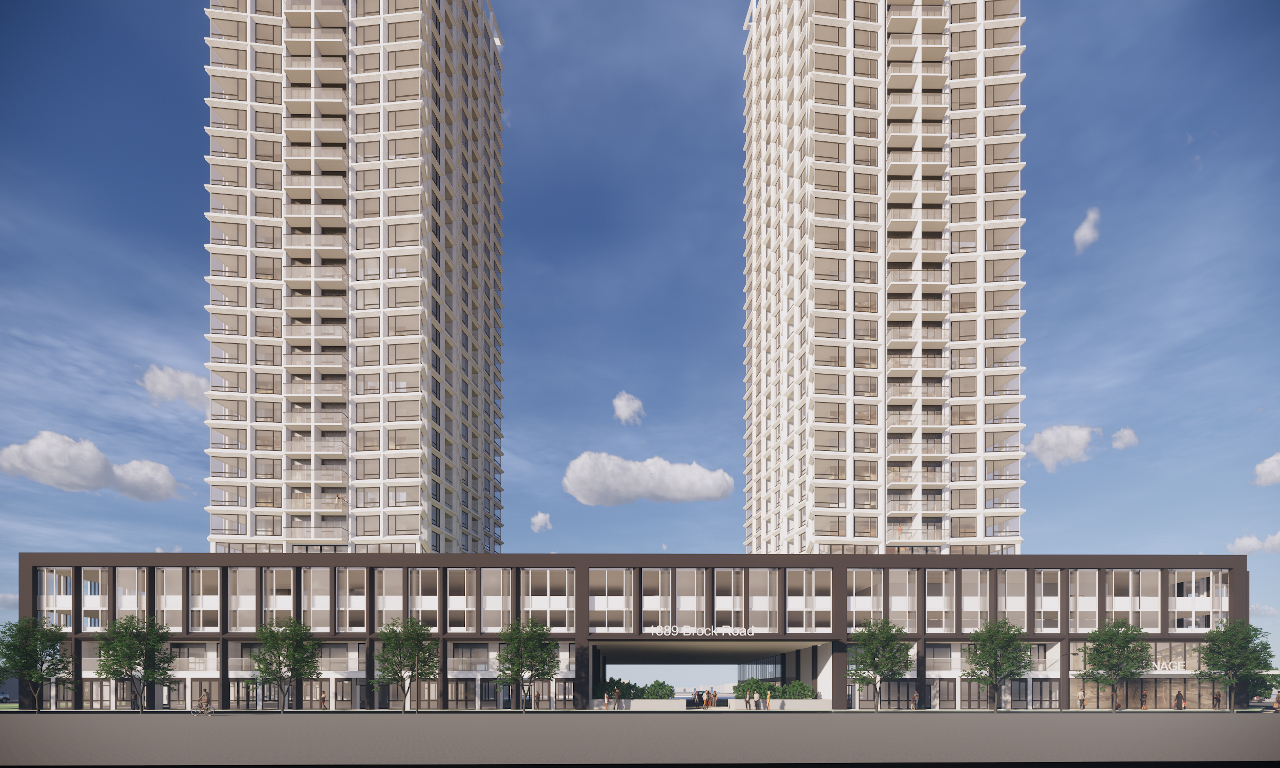
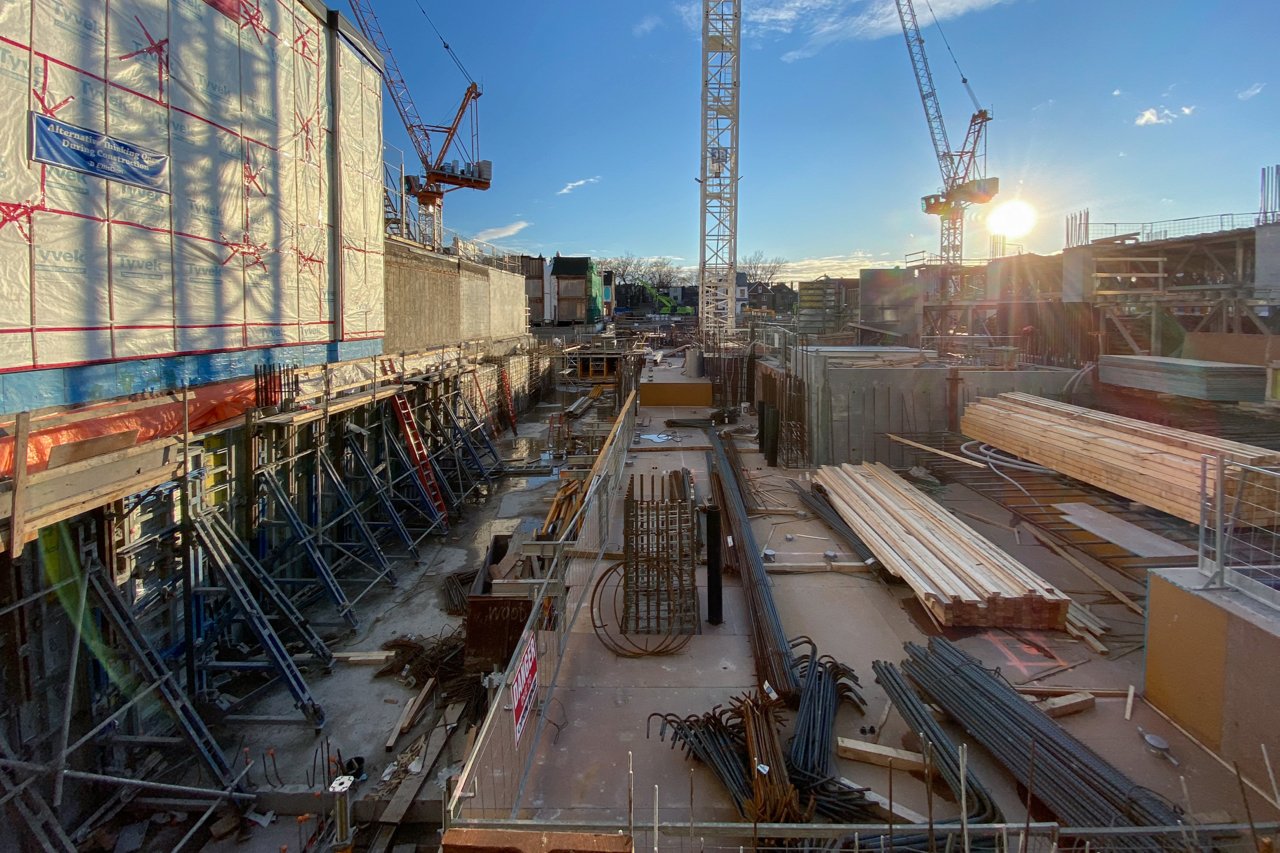
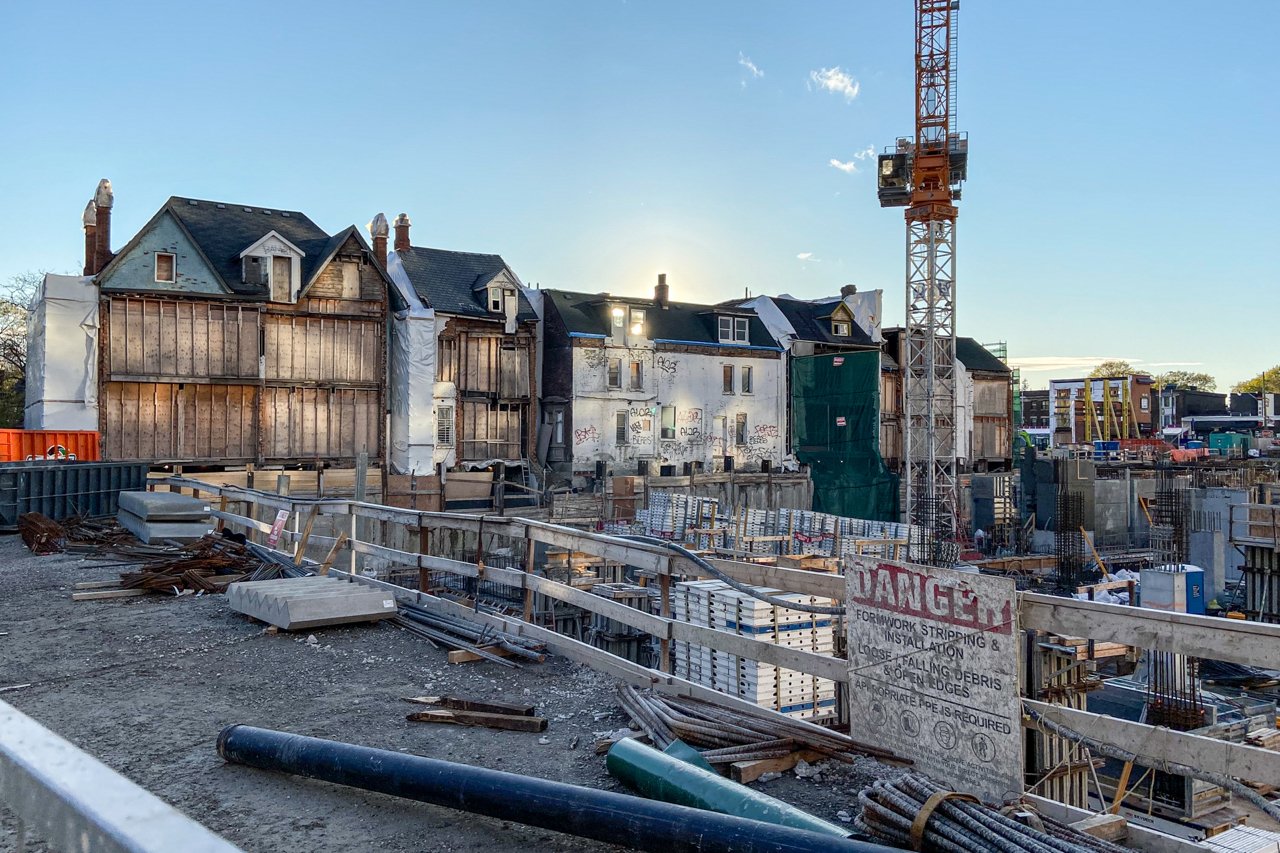
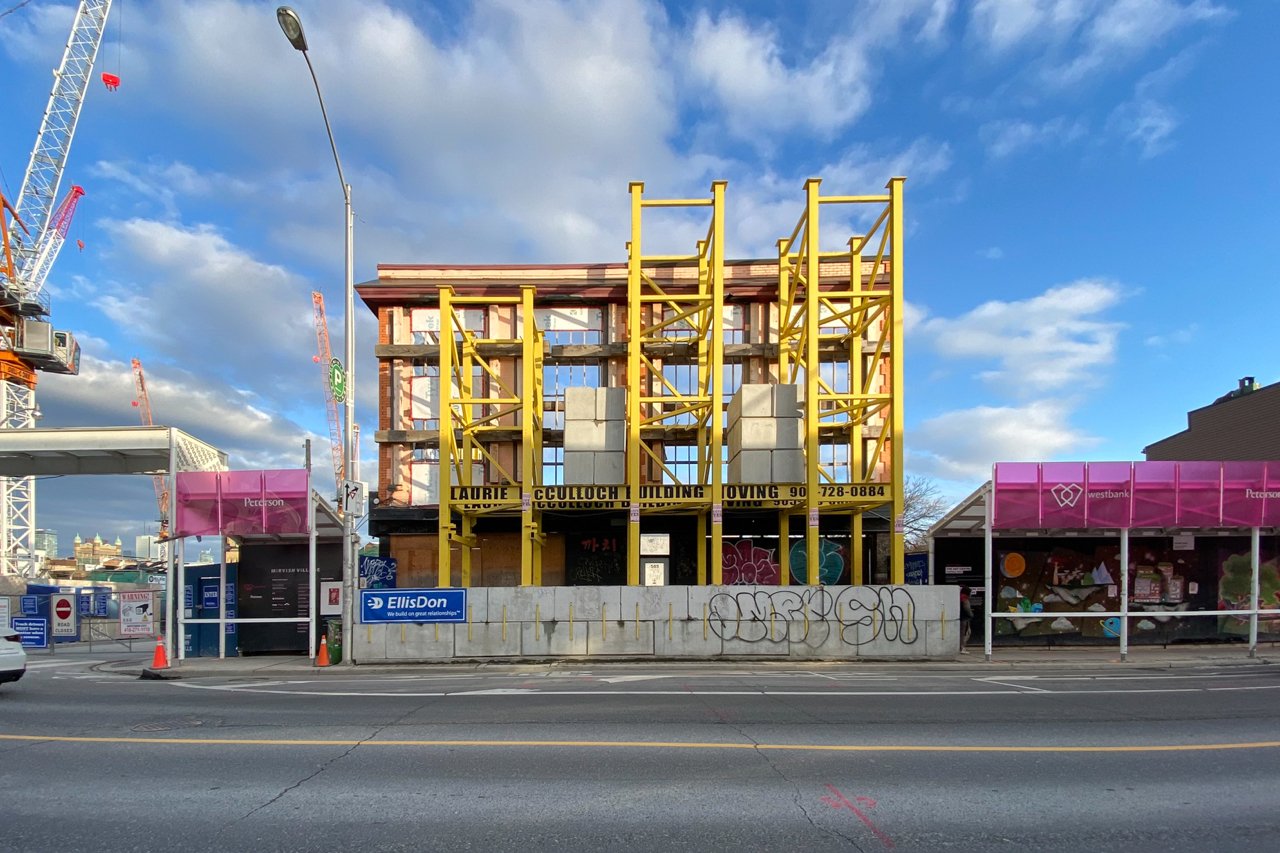
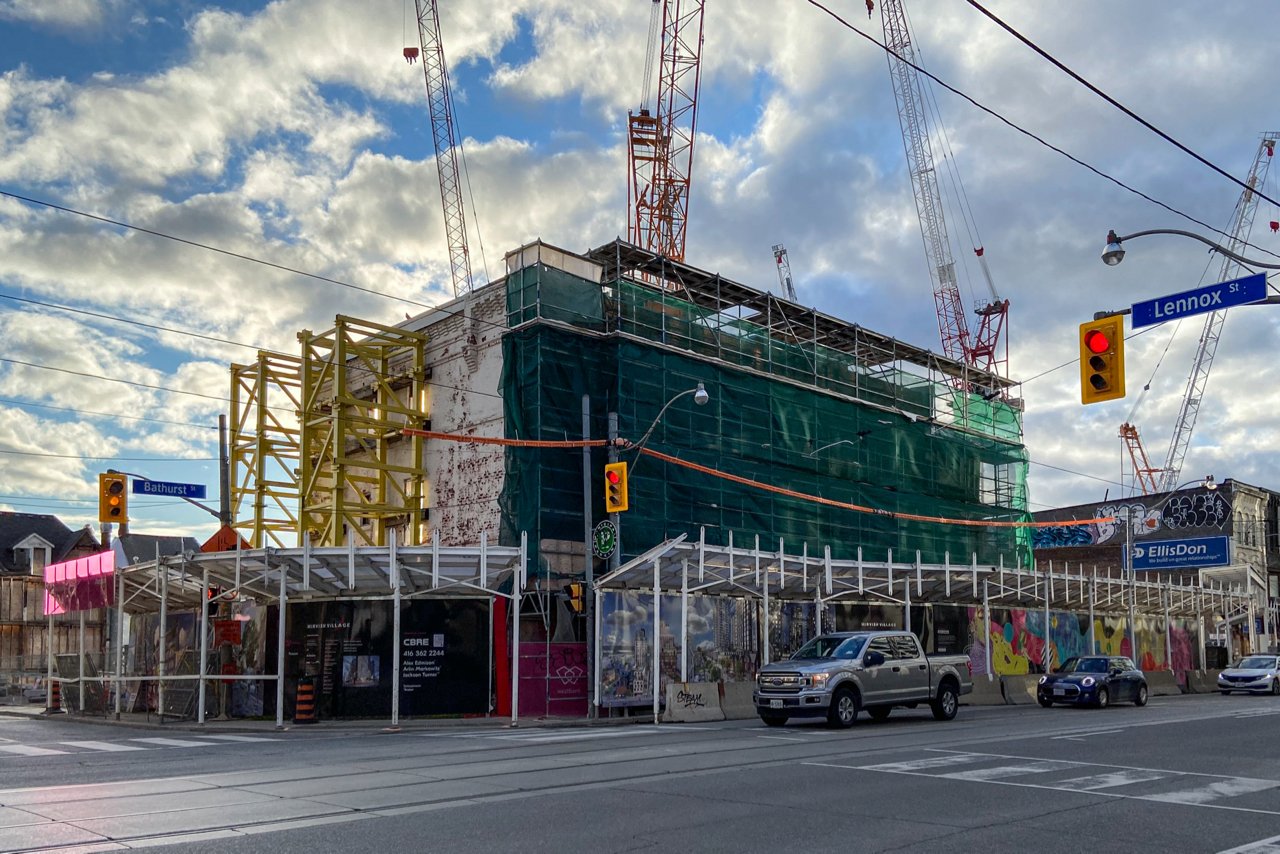

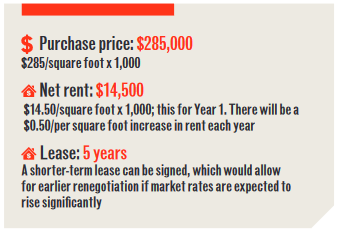
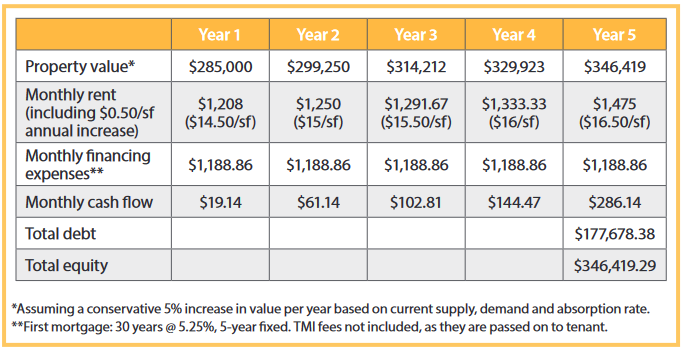

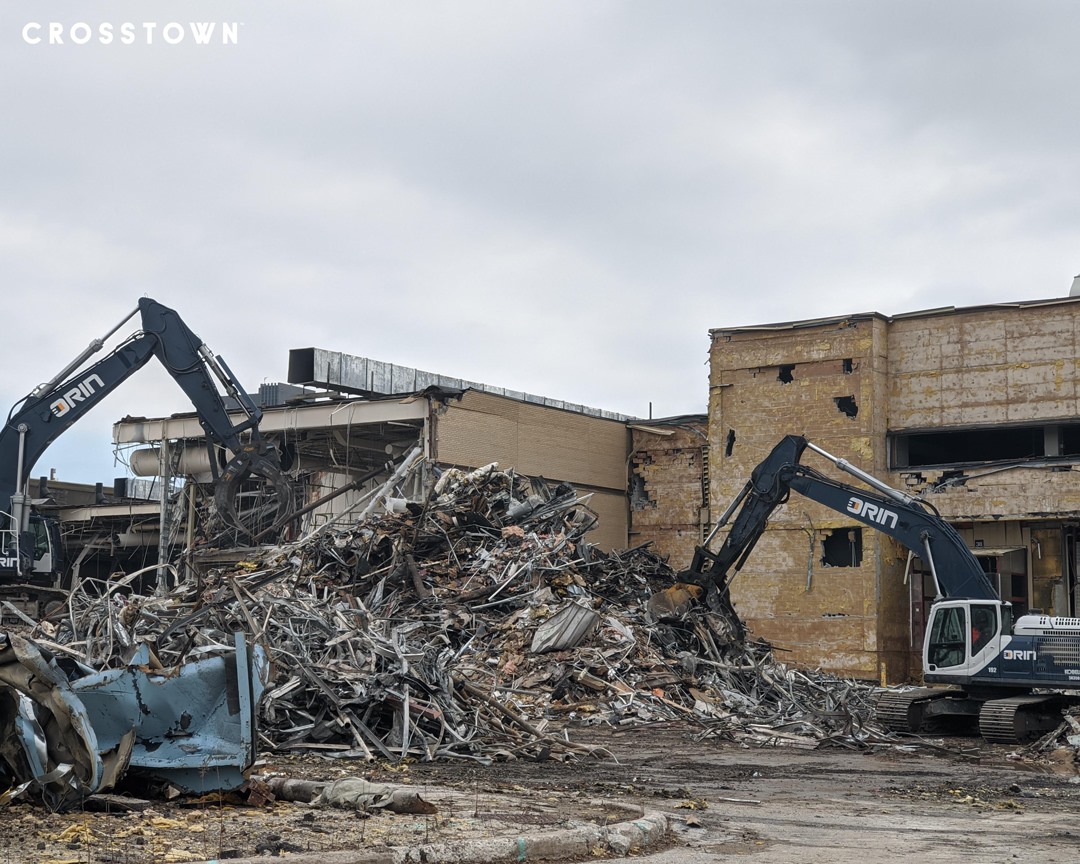
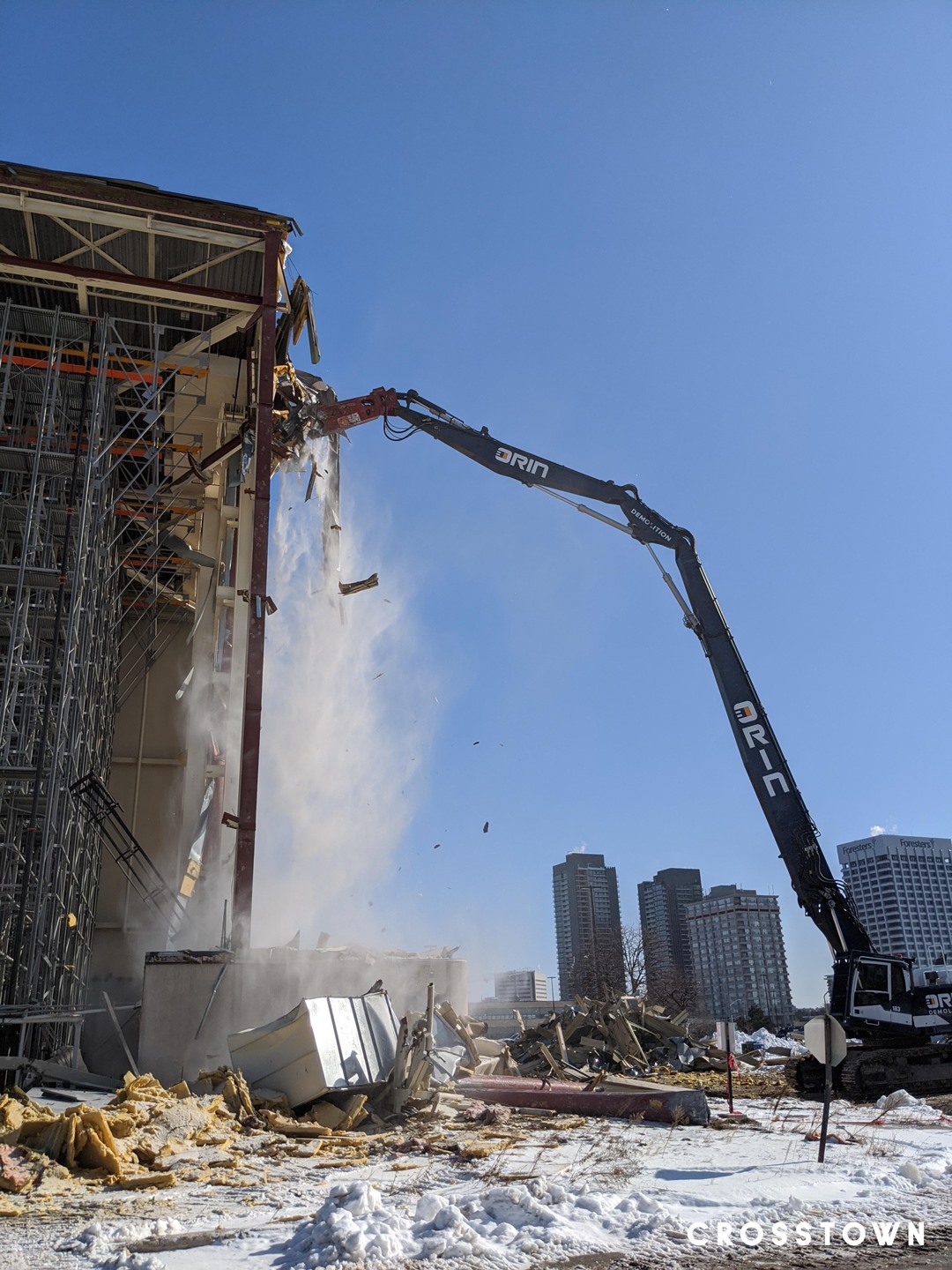
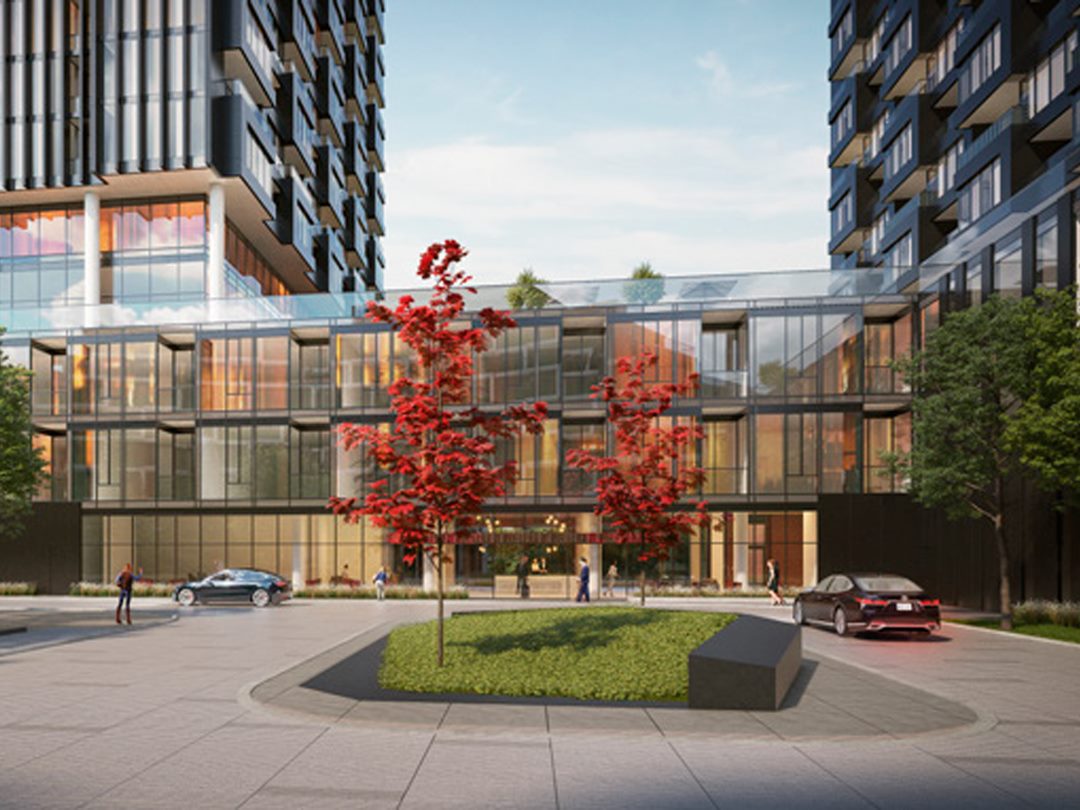


 Maziar Moini, Broker of Record - Home Leader Realty Inc.
300 Richmond St. W., #300, Toronto, ON M5V-1X2
Maziar Moini, Broker of Record - Home Leader Realty Inc.
300 Richmond St. W., #300, Toronto, ON M5V-1X2

